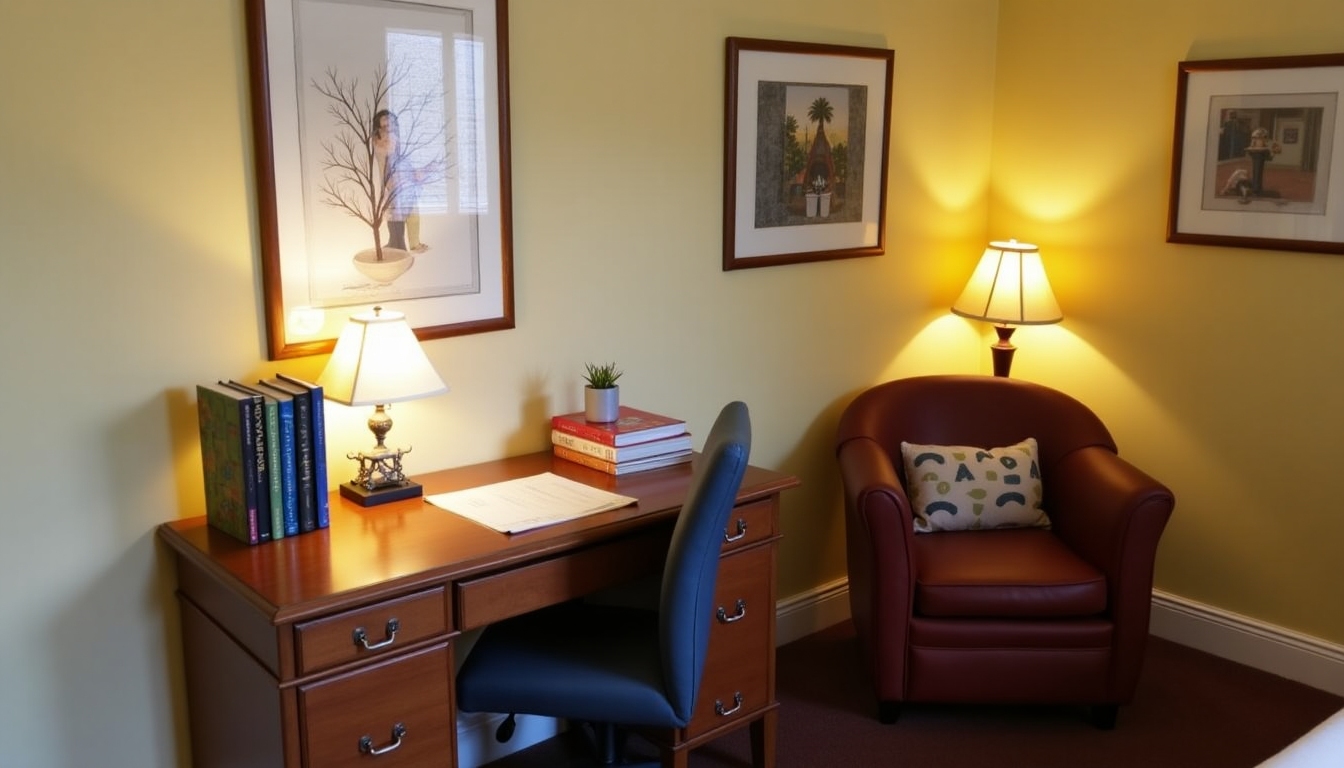A Beginner's Guide to Writing a Rental Agreement
Creating a rental agreement is essential when renting out a property or a room. This guide helps you write a rental agreement that's clear and legally sound.
Understanding the Basics
When renting out a property, a well-crafted rental agreement protects both the landlord and tenant. It outlines responsibilities, rent terms, and other key details.
Core Elements of a Rental Agreement
- Property Details: Address, type of property, and description.
- Rent Terms: Amount, due date, payment method.
- Duration: Start date and end date or month-to-month terms.
- Security Deposit: Amount and conditions for refund.
These basic elements form the foundation of a rental agreement and ensure clarity for both parties.

Personal Insights on Creating a Rental Agreement
From my experience as a landlord, clear communication in a rental agreement prevents misunderstandings. When I first rented out a room, I realized the importance of specifying house rules and guest policies. Including simple language on cleanliness and noise levels saved me a lot of unnecessary disputes.
Tips for a Robust Rental Agreement
Implement these practical tips to enhance your rental agreement:
- Include a Late Fee Clause: Specify the fee and grace period for late payments.
- State Maintenance Responsibilities: Define landlord and tenant duties for repairs.
- Clarify Pet Policies: Indicate if pets are allowed and any related fees.
- Add Guest Policies: Limit on stay duration or number of guests.
These additions not only protect you legally but also improve tenant relations by setting clear expectations.

Crafting Effective Terms for Renting Out a Room
Renting out a room within your home requires special considerations. Specify common areas tenants can access and shared amenities. Make boundaries clear, like which kitchen appliances they can use. Personal experience taught me that it’s best to visit similar rental properties to understand common practices in room renting.
Summarizing a Solid Rental Agreement
A well-drafted rental agreement covers all necessary aspects, preventing disputes and ensuring a smooth rental process. Invest time in creating a comprehensive document that covers all potential scenarios. Remember, clarity and fairness make your rental agreement a powerful tool for property management.

Final Thoughts
Writing a rental agreement is a critical step in becoming a landlord. An agreement tailored to your property and personal experiences can minimize stress and maximize tenant satisfaction.
If you're interested in learning more about rental agreements, explore these helpful guides:
- [Guide to Leasing Your First Property]
- [Steps to Rent Out Your Home Safely]
- [Top Tips for Landlords to Follow]